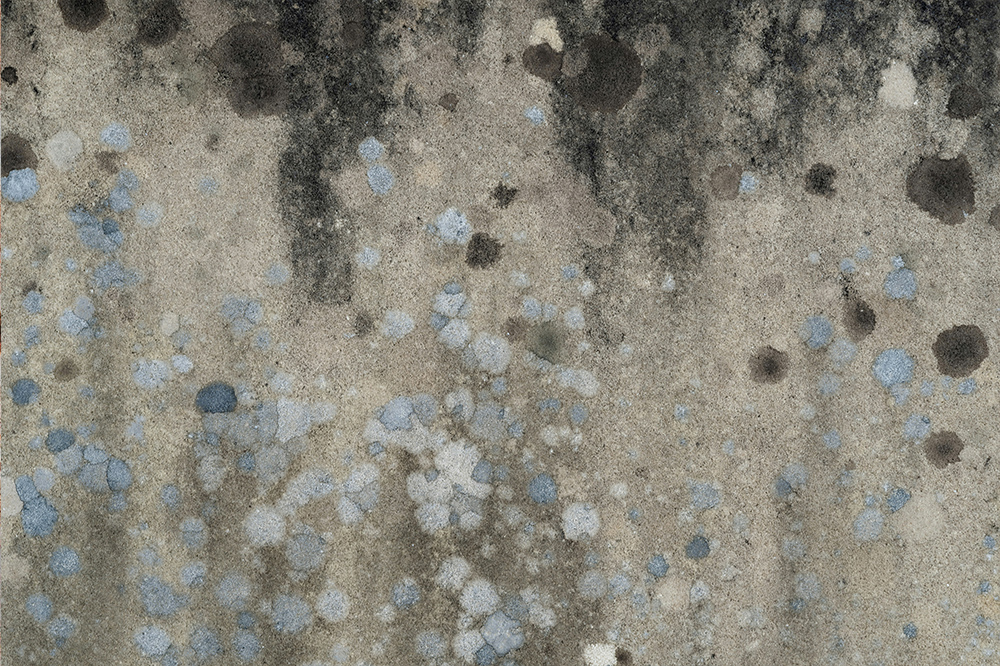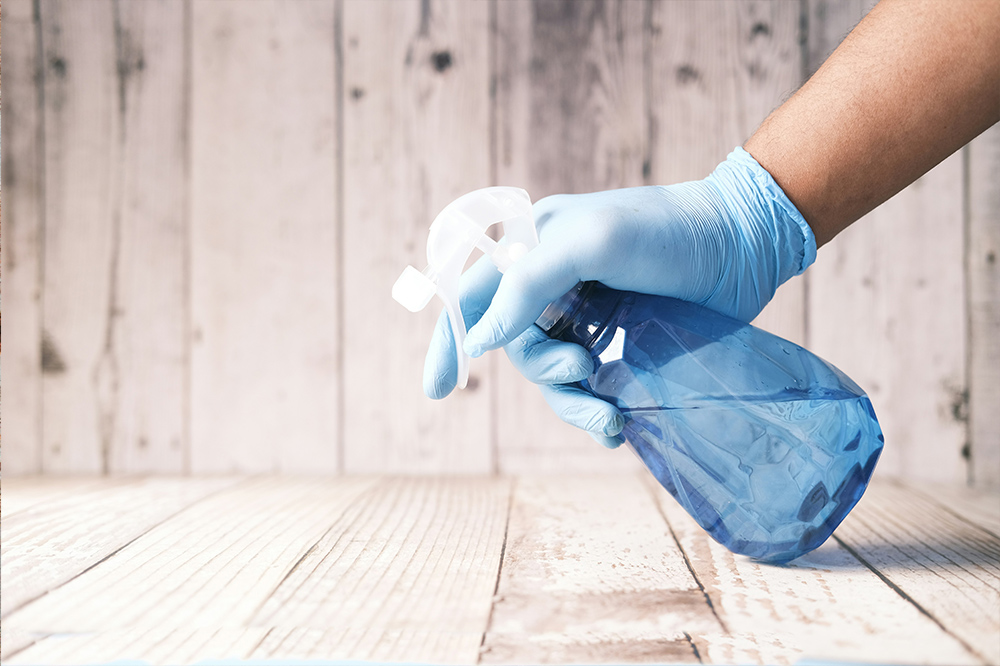Mold Detection and Prevention in Home Inspections: A Comprehensive Guide

Exploring mold detection and prevention in home inspections is an important aspect of maintaining a healthy living environment. From identifying hidden growth to implementing effective preventive measures, understanding the intricacies of dealing with this issue is very much a requirement!
Importance of mold detection and prevention in home inspections
The importance of mold detection and prevention in home inspections cannot be overstated. This is because it can devalue properties and pose health risks! Additionally, exposure to it can exacerbate respiratory issues. Besides, early detection saves homeowners from costly repairs. Ignoring mold can lead to structural damage, and real estate transactions often hinge on disclosing mold issues. As such, strive to conduct thorough professional inspections to identify mold. This protects both buyers and sellers, especially since legal ramifications for undisclosed mold can be severe.

Mold inspection techniques and tools
Mold inspection relies on various techniques and tools to ensure thorough assessment and effective remediation. Visual inspection remains fundamental, aided by tools like moisture meters and thermal imaging cameras. Moisture meters detect hidden water sources, which are crucial for growth, while thermal imaging helps identify temperature variations indicating moisture intrusion. Sampling techniques, such as air or surface sampling, provide further insight into its presence and concentration. Likewise, moisture mapping helps pinpoint areas prone to growth. Advanced techniques like DNA analysis can also identify specific species, aiding in targeted treatment strategies. Of course, collaborating with certified professionals ensures accurate inspection and tailored solutions, safeguarding against health risks and property damage.
Identifying high-risk areas for mold growth
When it comes to identifying high-risk areas for mold growth, homeowners must be vigilant. Moisture-prone areas such as bathrooms, basements, and kitchens are common culprits. Leaky pipes, inadequate ventilation, and damp environments create ideal conditions for growth. Similarly, areas near windows or roofs where water intrusion is possible are at risk. Regularly inspecting these areas can help catch growth early! Therefore, keep an eye out for signs like musty odors or water stains. Promptly addressing any leaks or moisture issues can also prevent any growth from spreading.

Conducting a comprehensive inspection
Conducting a comprehensive mold inspection is naturally what you should work towards. Start by examining each room methodically, paying attention to moisture-prone areas. Utilize tools like moisture meters and thermal cameras to detect hidden moisture sources. Check for signs of growth in visible and hidden places, such as discoloration on the walls or musty odors. Document findings meticulously, noting any areas of concern. Inspect all surfaces thoroughly, including walls, ceilings, and flooring.
Preventive measures for mold control
Preventive measures for mold control can help you maintain a healthy home environment. So, improve your property maintenance by addressing moisture issues promptly! Ensure proper ventilation in bathrooms, kitchens, and other high-humidity areas. Furthermore, regularly inspect and repair any leaks in plumbing or roofing to prevent water intrusion. Clean and dry damp areas promptly to discourage growth as well. Then, dehumidifiers in basements and crawl spaces should be used to keep humidity levels in check. Seal gaps and cracks in windows, doors, and foundations to prevent moisture entry. Finally, regularly clean and maintain HVAC systems to avoid any growth buildup in ducts.
Remediation strategies for mold removal
Remediation strategies for mold removal are requirements for maintaining a healthy home. Thankfully, even when faced with infestation, homeowners have options for effective removal. Depending on the extent of the problem, DIY solutions like scrubbing with detergent and water or using vinegar can be sufficient for small areas. However, for larger or more severe cases, you most definitely still need to look for professional assistance. Professional remediation companies have the expertise and equipment to safely and effectively remove mold from the property. They follow industry best practices, including containment of affected areas, proper disposal of contaminated materials, and thorough cleaning and disinfection. Besides, professionals can identify and address underlying moisture issues to prevent recurrence.

Working with the right professionals
Working with professionals, such as hiring a mold inspector or remediation contractor, is necessary to ensure a thorough assessment and mold removal from your home. After all, hiring a qualified inspector can help identify any hidden existing issues, providing you with valuable information before making a purchase. If any are detected, a remediation contractor can address the problem effectively, ensuring a safe and healthy living environment. When choosing professionals, research their qualifications, experience, and reputation. Ask for references and inquire about their process for inspection and remediation, too. By working with trusted professionals, you can have peace of mind knowing that your home is free from problems and safe for you and your family. So, these are tasks you need to complete well before you’re ready to move out of the house if you’re settling into a new home!
Legal considerations and disclosures
Legal considerations and disclosures are important aspects of buying or selling a home. Likewise, these considerations are particularly important things to keep in mind when purchasing a home sight unseen. In many jurisdictions, sellers are required to disclose any known mold issues to potential buyers. Failure to disclose such matters will absolutely always lead to legal consequences for the seller. Still, buyers should carefully review disclosure statements and ask questions about mold history during home-buying. It's also wise to include inspection contingencies in purchase contracts to protect against undisclosed problems. Finally, buyers should consider obtaining a separate professional mold inspection before finalizing the purchase.
Insurance coverage for mold damage
Insurance coverage for mold damage is an important consideration for homeowners. Typically, standard homeowners' insurance policies provide limited coverage for such damage. However, coverage may vary depending on the growth's cause and the damage's extent. As such, you need to review your policy carefully and understand any exclusions or limitations related to the issue. Some policies may require additional endorsements or riders for coverage, while others may exclude coverage altogether! In addition, insurance companies may impose caps on mold-related claims or require policyholders to take preventative measures to mitigate growth. Regardless, in the event of damage, homeowners should promptly file a claim with their insurance provider and follow any required procedures for documentation and remediation!
Deal with problems in the right manner
Prioritizing mold detection and prevention in home inspections is necessary for maintaining a safe and healthy living space. By proactively identifying and addressing these issues, homeowners can protect their property value and the well-being of their families. Through regular inspections, vigilant maintenance, and swift remediation, individuals can mitigate the risks associated with growth and create a conducive environment for comfortable living!
https://unsplash.com/photos/rose-gold-iphone-6s-fJXv46LT7Xk
https://unsplash.com/photos/person-holding-white-ceramic-mug-ho-p7qLBewk
https://unsplash.com/photos/brown-and-black-abstract-painting-B-HOrhXb8kk
https://unsplash.com/photos/an-aerial-view-of-a-road-and-a-field-RmYd3ckrlmU